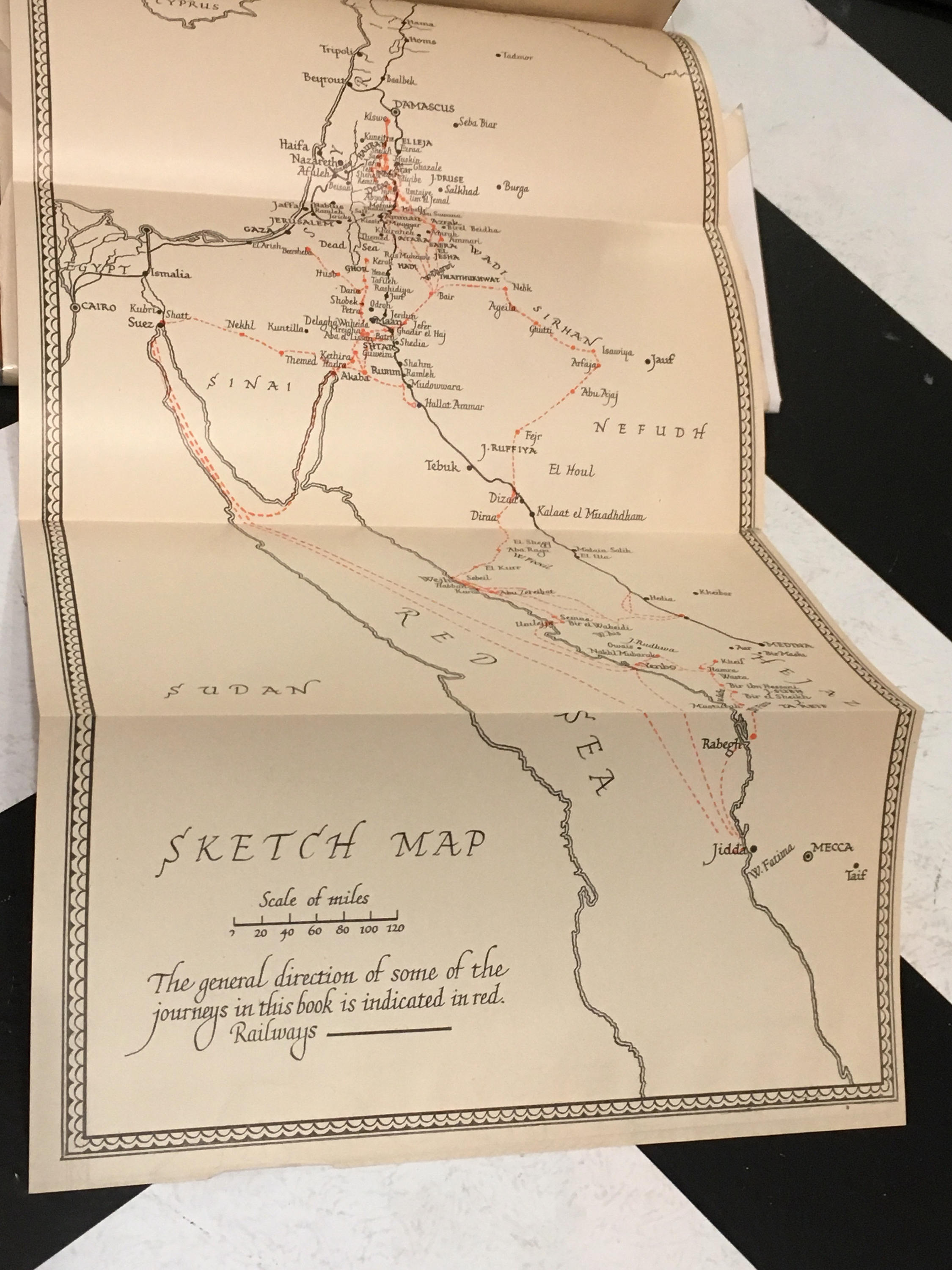

Against this understanding, the issue of 'access' to Western academic literacy is examined. well-established primary and secondary discourse types. Using evidence from the oral tradition of the Xhosa, it is shown that 'traditional'societies have. This paper uses the notions of primary and secondary discourse across both oral and literate contexts to examine this 'divide'. The question of the 'great divide' between orality and literacy has been critically addressed by various scholars of literacy, including social literacy theorists. Thus, the study of the texts further reinforces the view of the presence of alternative understanding to the dominant Eurocentric perspective.

The relevance of these two texts in the contemporary period is also evaluated. The fourth and fifth parts of the article deal extensively with the diplomacy enunciated in the texts of Kautilya and Sun Tzu, respectively. Since this viewpoint is read with respect to the two ancient texts, the third part attempts to give justification of how the historical texts can be approached at without committing the fallacy attached to the study of old historical texts. The second part deals with the non-Western understanding of the diplomatic theory. This article in its first part deals with the aspect of the diplomatic theory of international relations (IR) and traces its shift. these two ancient texts reinforce this understanding in an extensive manner. The reading of Kautilya’s Arthashastra and Sun Tzu’s The Art of War in this context seems relevant, as. The discipline attempts to move away from the dominant Western influences and revive the non-Western understanding.

In the changing sphere of world politics, or more specifically in a multi-polar world, there has been a process of re-territorialization of the theory and practice of diplomacy. The dust samples within Northern Arabia and Ethiopian-south Arabia zones show the highest average of carbonate amounts and grain surface area. The dust samples in this zone contain low carbonates and grain surface area compared to dust from the Eastern Sahara Desert. The Western Sahara Desert dust is differentiated by the highest depositional rates and average quartz percentage (66 %). The fallen dust from the eastern zones (Taklimakan, Gobi, and Australian deserts) are characterized by higher percentages of feldspars and clay minerals, low carbonate content, and grain surface area in comparison to the Western zones (Sahara and Arabian deserts).

major dust trajectories is fining downwind. The average samples of the world's fallen dust are negatively skewed trimodal with dominancy of silt size fractions (61 %). The fallen dust rates tend to be lower downwind. The fallen dust from these trajectories were collected and analyzed. Satellite images from 2000 to 2010 were used to identify major dust trajectories within seven major deserts in the world.


 0 kommentar(er)
0 kommentar(er)
